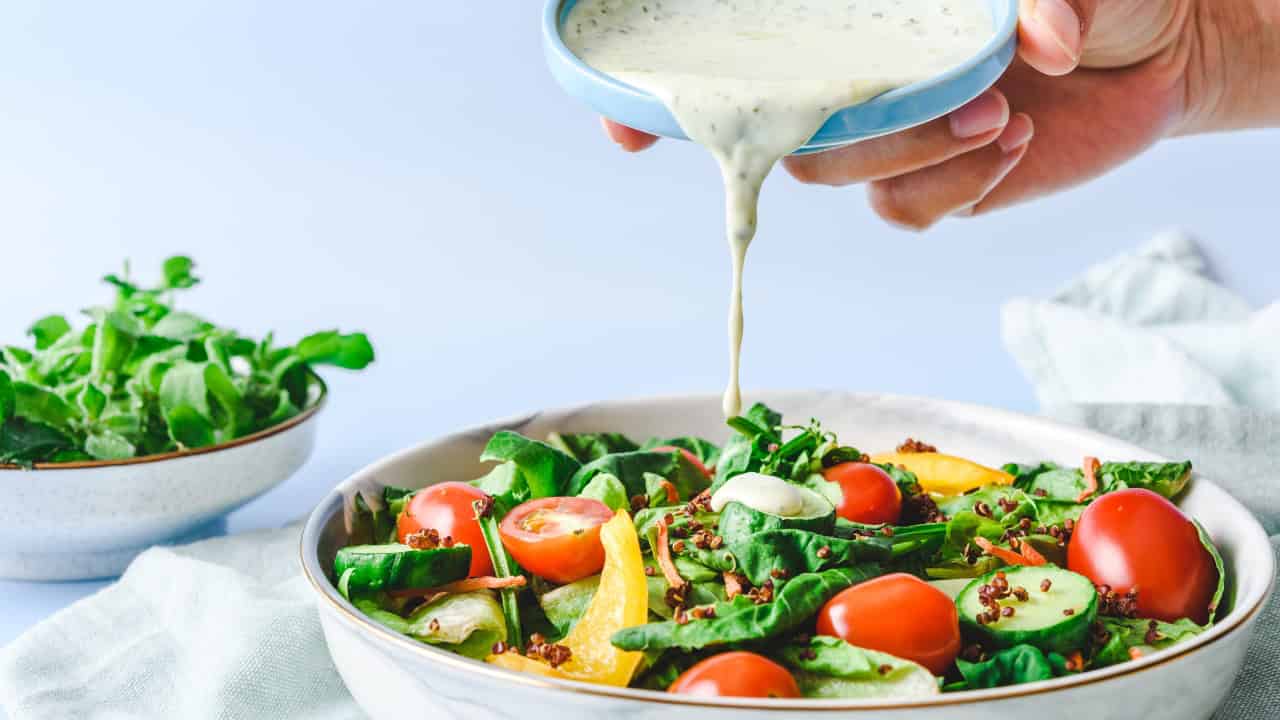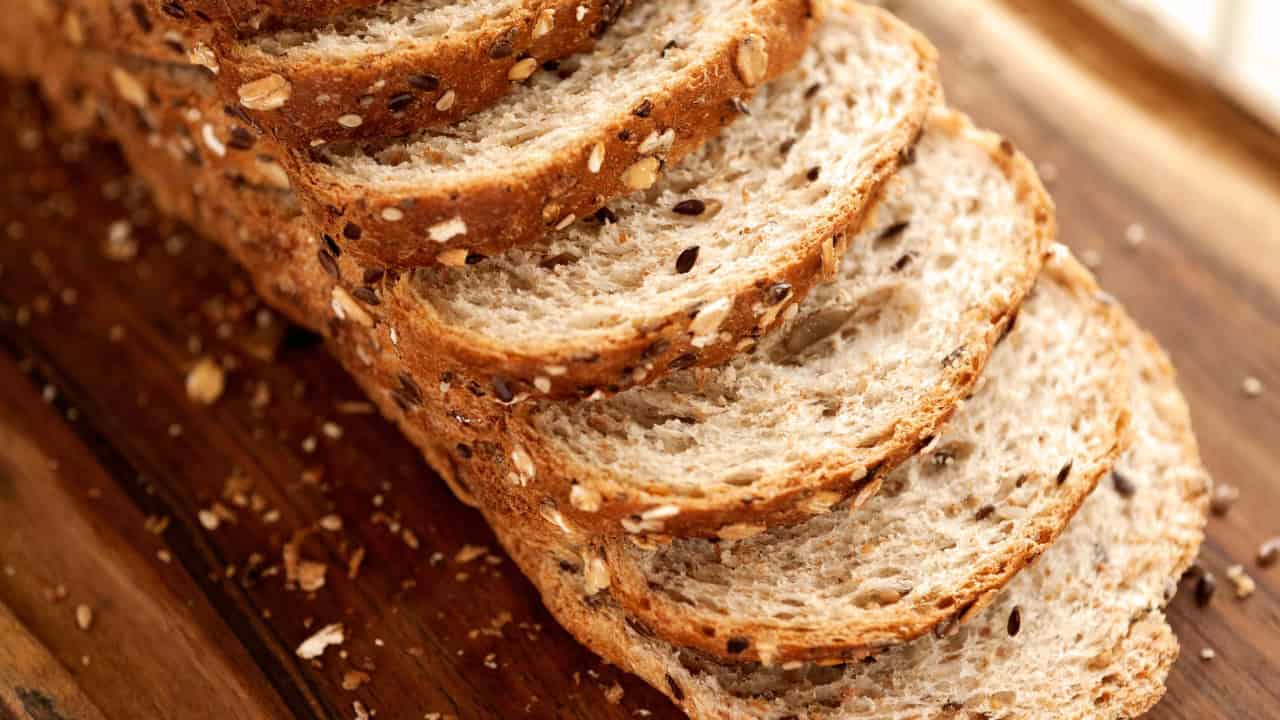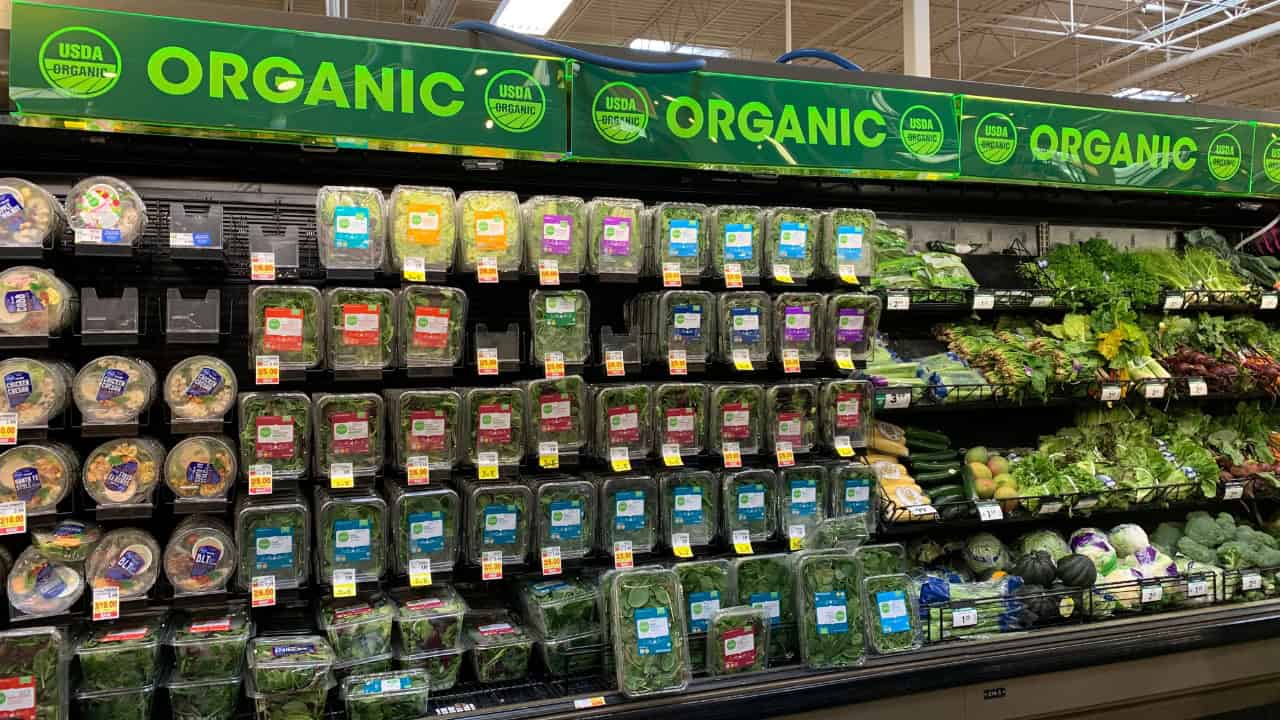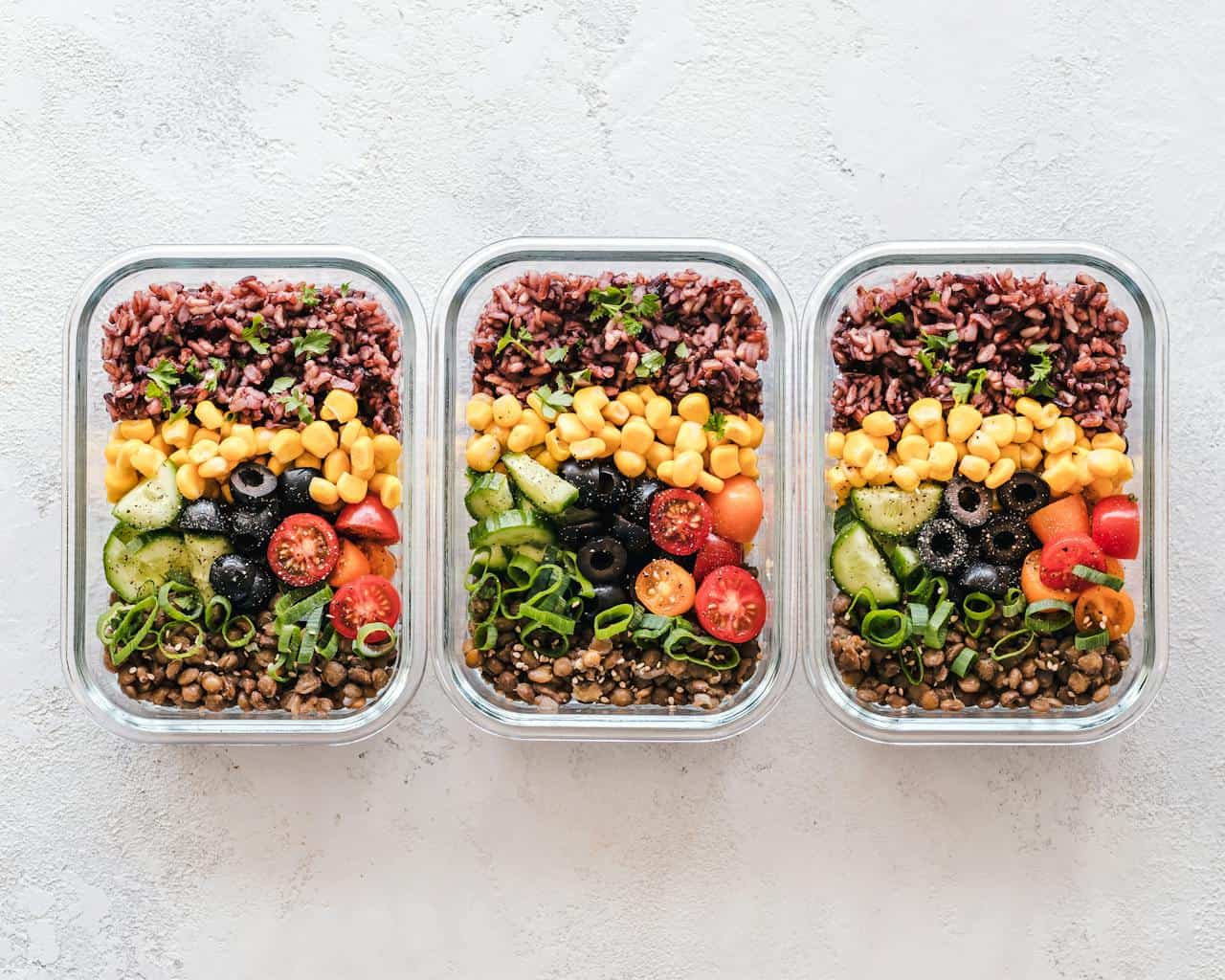Healthy eating is not a luxury item. Much of the confusion comes from persistent myths about price, labels, and what counts as “healthy.” Clear those up, and you can build a nutritious cart without overspending.
The truth is that smart shopping, simple swaps, and seasonal choices go a long way. Use the notes below to separate fact from fiction and keep both your meals and your budget in good shape.
Healthy food is always more expensive

Healthy choices do not have to cost more. Bulk staples like oats, rice, beans, eggs, frozen vegetables, and in-season produce are among the best values in the store. If you plan around sales and shop seasonally, the per-meal cost often drops below takeout or packaged snacks.
Smart tip: Build meals around one affordable staple each week, then add produce and protein that are on sale.
Only whole foods are healthy

Whole foods are great, but many minimally processed options are just as nutritious and far more convenient. Canned beans, canned fish, frozen fruits and vegetables, plain yogurt, and whole grain breads can fit easily into a balanced diet.
Smart tip: Rinse canned beans to reduce sodium and keep frozen produce on hand for quick meals.
Organic Means More Nutritious

Organic can reduce some pesticide exposure and support certain farming practices, but it does not guarantee more vitamins, minerals, or protein. If organics stretch the budget, choose conventional for most items and prioritize washing produce well.
Smart tip: If you want to buy organic selectively, focus on thin-skinned fruits you eat whole and buy conventional for items you peel.
Eating healthy is boring

Healthy does not mean bland. Spices, citrus, herbs, vinegars, and sauces add flavor fast. Rotating cuisines like Mediterranean, Mexican, Indian, or Thai keeps meals fresh and satisfying.
Smart tip: Keep a “flavor kit” on hand with olive oil, vinegar, garlic, chili flakes, cumin, and soy sauce.
Gluten-free is healthier for everyone

Gluten-free products are essential for celiac disease or gluten sensitivity, not a shortcut to better health. Many packaged gluten-free snacks are lower in fiber and higher in sugar or fat than standard versions.
Smart tip: If you do not need to avoid gluten, choose whole grains like oats, brown rice, barley, and whole wheat for better value and fiber.
Junk food is cheaper than home-cooked meals

Fast food can look cheaper at checkout, but simple home-cooked meals usually win on cost per serving and nutrition. A pot of soup, a sheet-pan dinner, or rice and beans stretches into multiple meals for far less.
Smart tip: Cook once, eat twice. Double recipes and freeze portions for quick, budget-friendly lunches.
Diet Food Needs to Be Bought Separately

You do not need specialty “diet” products to eat well. Produce, whole grains, eggs, beans, yogurt, and lean meats cover the basics without a premium price. Frozen fruit and veg are often the best deal in the store.
Smart tip: Build a weekly template like grain plus veg plus protein and fill it with what is on sale.
You need superfoods for health

There is no single miracle food. A varied diet with fruits, vegetables, whole grains, legumes, nuts, seeds, and quality proteins delivers the same benefits without paying a premium for hype.
Smart tip: Choose one budget-friendly “power” food each week, like lentils, carrots, cabbage, or canned salmon.
Healthy-eating requires special skills

You do not need chef skills to eat well. Simple methods like roasting, simmering, and one-pan meals cover most weeknight cooking. Learning a few seasonings and reading labels gets you most of the way there.
Smart tip: Master five easy recipes and rotate them. Add one new recipe per month to expand your lineup.
Store brands aren’t healthy

Private-label products often match national brands on ingredients and nutrition at a lower price. In many cases, they come off the same production lines. Compare labels and unit prices, then pocket the savings.
Smart tip: Test one store-brand swap per trip, like canned tomatoes, yogurt, oats, or frozen vegetables.
Healthy eating on a budget starts with clear expectations and a simple plan. Shop seasonally, buy staple foods in bulk, lean on frozen and canned produce, and let the weekly sale flyer shape your menu. Your meals will be better for it, and so will your bottom line.


Comments
No Comments